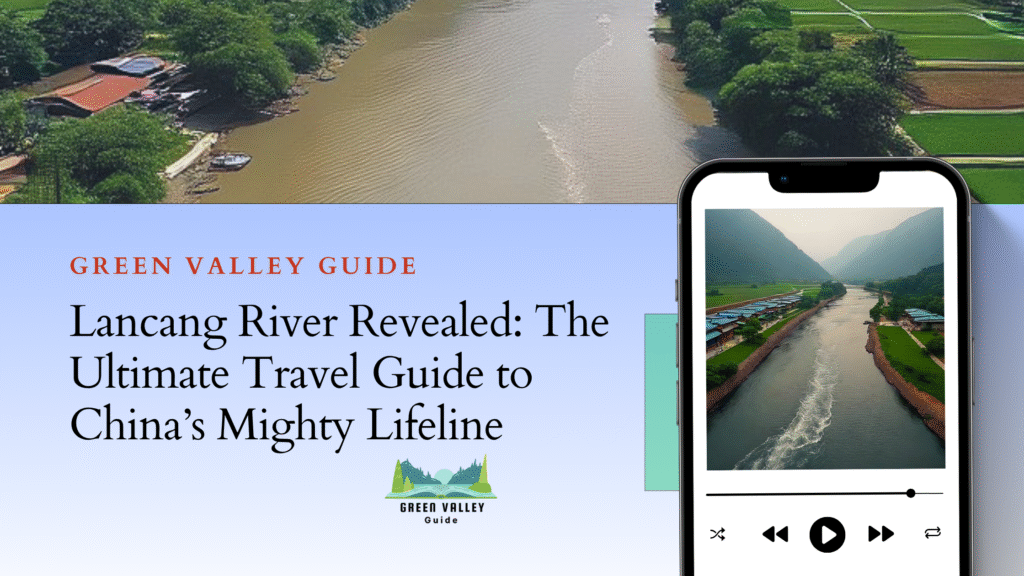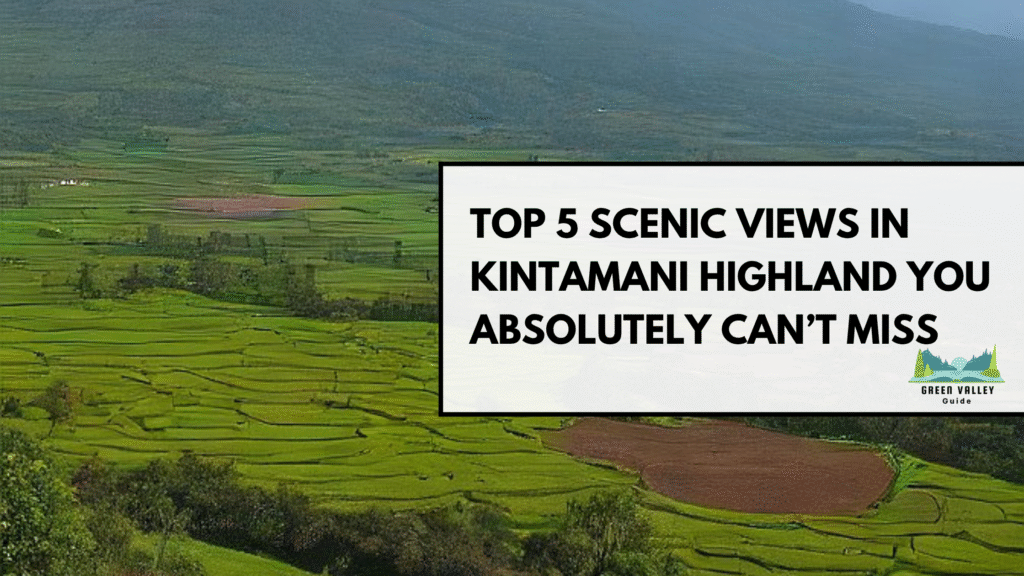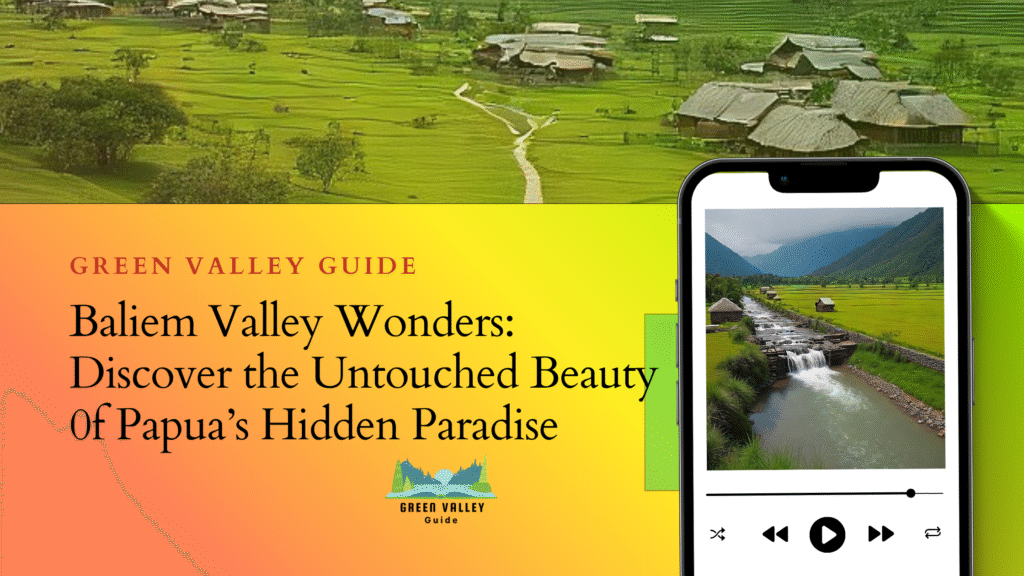Table of Contents
Introduction: Why the Lancang River Matters More Than You Think
Flowing along the snow-covered mountains, sharp gorges, and a lush tropical river canyon, the Lancang River belongs to the number of the biggest natural beauties of Asia. The Lancang is a huge stretch of the powerful river of the Mekong, reaching the height of its origin in the remote and wild lands of southwest China on the plateau of Qinghai-Tibet and flowing into Southeast Asia. However, other than its sheer volume and capability, the Lancang River is important in ecosystems, cultural support, and sustenance in life in various nations.

This relatively unknown part of China is also becoming more popular with travelers, not only because of its geographical importance, but also because of the sheer awe of beautiful landscapes and the cultural experiences they can enjoy in this part of the world. Whether it is foggy villages set in the mountains, remote wild animals, rice terraces, or spiritual river rites, a trip along the Lancang River will be an adventure that a person can never for, as well as what can be worth experiencing. This travel guide reveals all you require to know in order to experience the great lifeline of China.
Where Is the Lancang River? A Journey Through Provinces and Borders
This starts well up in the Tibet plateau, the Lancang river pierces through China in a thundering fashion before it turns into the Mekong River, which is an international river far outside its territory. Chinese people are treated with some of the most varied and beautiful landscapes of that country: Qinghai, Tibet, Sichuan, and Yunnan, and every place has its own breathtaking, beautiful idea of what the river is about.
The Lancang, however, changes on its way, turning from the glacial mountain streams into the thundering tropical rapids. The river is not just a river, but an alive corridor of nature, culture, and life, the scenery runs through the snow-topped mountains, the gorges cut in the rocks, and the subtropical valley.
Cultural Tapestry: The People and Traditions Along the Lancang River
Lancang River also takes its wavy path across the far-flung areas of China, not only bringing life to the ecosystem but the civilizations as well. The Ethnic minorities Dai, Hani, Lisu, and Lahu inhabiting the riverbanks are rich and diverse, with long-lasting customs, festivals, and the richness of river-driven economies.
Embroidered clothes, bamboo dances, and the water rituals are part of cultural development, which relies on the river substantially. People in rural communities continue to be governed by seasons of the river flow in most of the villages- a sure indication that in this era and era, the old river is more than just a source of life.
Top Places to Visit Along the Lancang River
The discovery of the Lancang River opens the gate to the most remarkable and undiscovered parts of China:
- Lancang Lahu Autonomous County: A cultural field experience where culture can be studied by visitors who can also attend Lahu cultural shows as well as sample their foods and craft works.
- Xishuangbanna: one of the most popular places in this country is the rainforest and tea plantation, elephant reserve, and the powerful Dai culture, and all these lie at the end of a lush, tropical lowland.
- Nujiang & the Three Parallel Rivers region: A World Heritage Region of UNESCO is where the Lancang is cross-flowing with the Salween and Jinsha Rivers, and is a perfect choice for trekkers, nature travellers, and so forth, those who want to see a dramatic mountain landscape.
Cruising down the Lancang River brings out the undiscovered treasures of China, both in natural and cultural aspects, and therefore, the route is not to be left by a daring and exploratory traveler.
Nature and Wildlife of the Lancang River Basin
The Lancang River Basin is a hotspot with many species of biodiversity. Rugged highland mountains covered by snow to hot, steamy lowland jungles, this huge land mass supports an amazing diversity of ecosystems and species. The birdwatchers may see hornbills and eagles, and some fortunate travellers may encounter monkeys swinging in the canopy of forests or some rare orchids flowering in the mists of trails.
As the river passes through alpine meadows, subtropical valleys, as well as tropical forests, the river provides a home to some endangered species such as the black snub-nosed monkey and the Asian elephant. Given all the biodiversity, conservation activities are necessary. Current activities that are in progress include the safeguarding of wildlife together with people’s cultural practices that coexist with nature.
Check Out: Tiger Leaping Gorge Uncovered: Your Ultimate Guide to China’s Legendary Valley.
Adventures on the Lancang River: Trek, Raft, and Explore
To get induced with excitement, the Lancang River offers unmatchable outdoor experiences. River rafting and kayaking provide you with an opportunity to race on exciting rapids across pristine nature in certain areas. Adventurers trekking on land have trekking trails along the Nujiang Valley, the Gaoligong Mountain, and the Tibetan Plateau that present breathtaking scenery and cultural experiences.
Live drama is presented even in the view along the corridor of the river: misty rocks, suspension bridges, and the roar of the waterfall. Sunrise images on terrace fields and canyon scenery are going to be a photographer’s favorite.
The adventure enthusiasts will have unending adventure along the Lancang River: be it in extreme sporting activities or in peaceful exploration.
When to Visit the Lancang River Region: Seasons and Festivals

When you decide to visit just depends on the time you want to be in a vast disparity to all the experiences you have with the Lancang River.
- Spring (March to May) is the right time to have flowers and green valleys.
- It is quite cool in the autumn (September – November), there are colorful leaves, and the mountains are visible.
- The lowlands have humid summers, though rainier than other areas, and the winters are normally cold in the highlands.
The cultural affiliation the communities hold towards the river on which they depend to obtain life will be experienced by the visitors who time their visit to the cultural festivals that are celebrated at these locales, and in the case of Dai people, this is the Water Splashing Festival.
Getting There and Getting Around
With a bit of planning, a visit to the region of the Lancang River may well reward the traveler with its beauty of pristine land and its genuineness. The major gateway airports include Kunming, Lijiang, and Shangri-La, which have connectivity to the majority of the regions within China.
Buses, individual drivers, or ecologically safe tours are a suggestion in order to overcome long distances. The best road trips are scenic byways, and Yunnan and Tibet would be the best because the arteries are winding, and the view on either side of the roads is breathtaking.
Travel tips: Be prepared to have a bumpy road ride, and in the mountains, it is advisable to get local guides so as not only to be safe but also to know more about local culture.
Where to Stay Near the Lancang River
One may either need the feeling to experience more of a culture or may wish to have a view, not it doesn’t matter that much. What we all know is that the Lancang River region has all the kinds of accommodations that can accommodate all kinds of travelers.
The villages and the towns are advised to make an overnight stay, and these are:
- Lancang Lahu Autonomous County – the destination of the native ethnic culture and the working markets.
- There is Xishuangbanna where a major tourist attraction with a tropical landscape and a choice of places to stay.
- The Nujiang Valley villages will suit those who wish to have peace with nature and easy access to trek routes.
Choose anything between eco-lodges and mountain homestays or a boutique inn with views beyond the river and valleys. Local hosts offer a wide range of cultural activities, like cooking, farming, or craft workshops, and there are numerous offers.
Travel secret: Ask your host where you can see the best sunrise and sunset- there are some really cool decks actually straight on the terrain of the river, and it makes the rising and the setting unforgettable.
Responsible Tourism and the Future of the Lancang River

It simply makes the Lancang River marvelous, though environmental pressures are becoming intense on it. The ecosystems and the individuals in the societies that rely on this vital water route are at risk as a result of the construction of hydroelectric dams, the cutting down of forests, and the contamination of the water.
A trustworthy visit to the Lancang River will allow people to preserve the life source for future generations. The said positive contribution of the travelers is possible through the following:
- Tour and accommodation choices that are environmentally friendly
- Trace-free and plastic-free
- By supporting local guiding, local artisans, and locally run lodges
- Education in terms of the significance of the river to nature and culture
By means of conscious tourism, tourists will be able to conserve possibly one of the richest and most vulnerable natural resources in Asia.
Conclusion: Why the Lancang River Is a Journey Worth Taking
Owing to the heterogeneity of cultures, the landscape within which the Lancang River traverses is as varied as the rivers in its flow. It is not just a river but a historical line, a diverse life, exploration, and a community lifeline.
Taking the trip along the Lancang provides you with rare chances to observe the unspoiled beauty of China, to experience the abounding ethnic traditions, and to reflect on how nature is interconnected with humanity. The Lancang will transform you, whether you are trekking in the remote valleys or stopping to drink tea in one of the riverside villages.
The Lancang River is there, in case you are wondering where to go on your off-the-beaten-path travel that will be full of significance and enchantment.
For more info: Click Here.
FAQs: Your Questions About the Lancang River Answered
1. Is the Lancang River identical to the Mekong River?
Yes. The upper part of the Mekong River in China is called the Lancang River. After it exits Yunnan Province and enters Southeast Asia, it is referred to as the Mekong.
2. Is the Lancang River area accessible to tourists?
It can be accessed depending on the area. The big destinations, such as Xishuangbanna and Lijiang, are tourist-friendly; meanwhile, the remote areas may need some additional planning, permits, and support of local guides, such as Nujiang Valley. However, these are the places where one can usually come across the most gratifying experiences.





